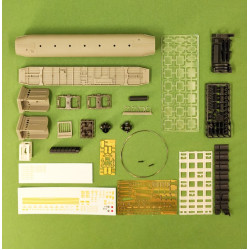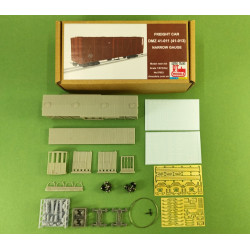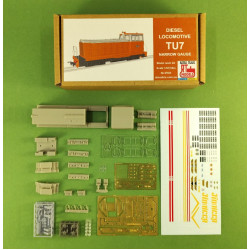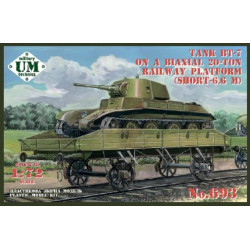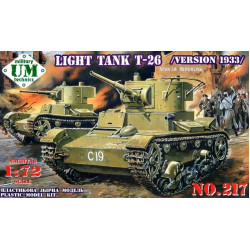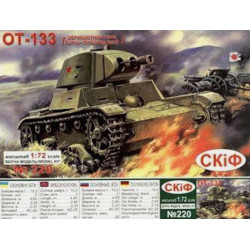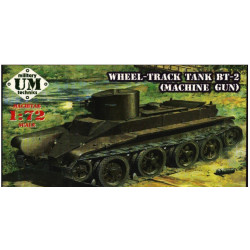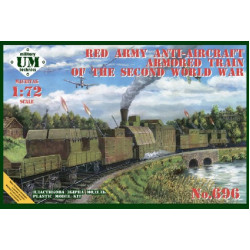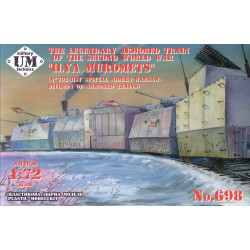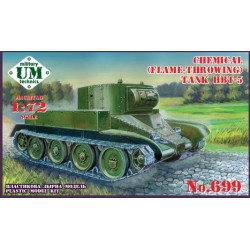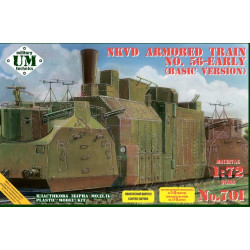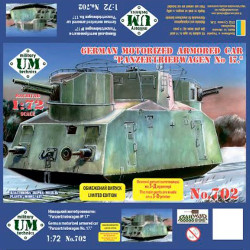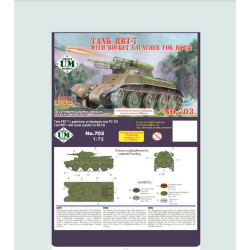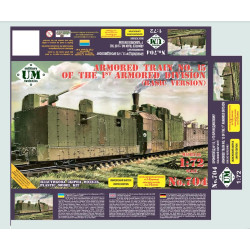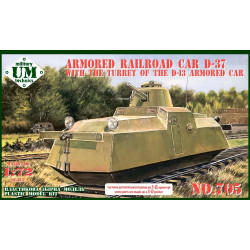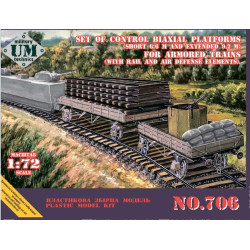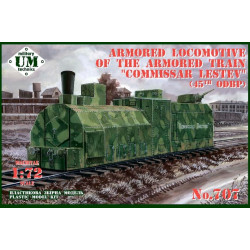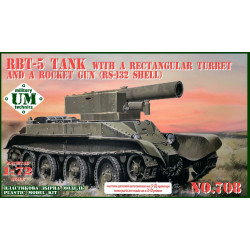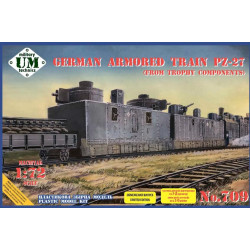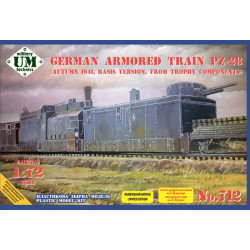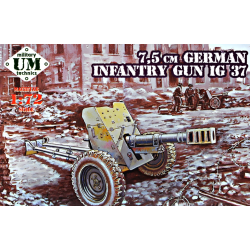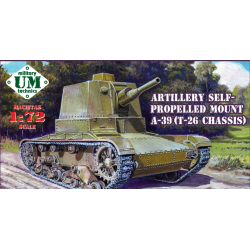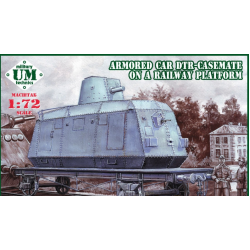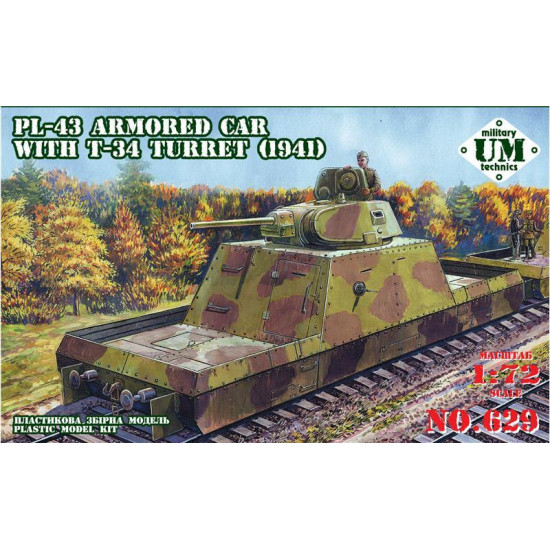
PL-43 armored car with Russian T-34 turret, 1941 year WWII
1/72scale plastic model kit
UMmT 629
Manufacturer: UMmt (Ukraine)
Scale: 1/72
Material: Plastic
Condition: New in Box
The T-34 was a Soviet medium tank which had a profound and permanent effect on the fields of tank tactics and design. First deployed in 1940, it has often been described as the most effective, efficient, and influential design ofWorld War II. At its introduction, the T-34 possessed the best balance of firepower, mobility, protection, and ruggedness of any tank (though its initial battlefield effectiveness suffered due to a variety of factors). Its 76.2 mm (3 in) high-velocity gun was the best tank gun in the world at that time; its heavysloped armour was impenetrable by standard anti-tank weapons; and it was very agile. Though its armour and armament were surpassed later in the war, when they first encountered it in battle in 1941 German tank generals von Kleist and Guderian called it "the deadliest tank in the world."
The T-34 was the mainstay of Soviet armoured forces throughout World War II. The design and construction of the tank were continuously refined during the war to enhance effectiveness and decrease costs, allowing steadily greater numbers of T-34s to be fielded despite heavy losses. It was the most-produced tank of the war, and the second most-produced tank of all time, after its successor, the T-54/55 series. By the end of the war in 1945 the T-34 had replaced many light and heavy tanks in Red Army service. It accounted for the majority of Soviet tank production, and following the war it was widely exported. Its evolutionary development led directly to the T-54/55 series of tanks, built until 1981 and still operational as of 2013 and which itself led to the T-62, T-72, and T-90 tanks which, along with several Chinese tanks based on the T-55, form the backbone of many armies even today. In 1996, T-34 variants were still in service in at least 27 countries.
Operation Barbarossa (1941)
Germany launched Operation Barbarossa, its invasion of the Soviet Union, on June 22, 1941. The existence of the T-34 proved a psychological shock to German soldiers, who had expected to face an inferior enemy. For the most part these expectations were accurate, but the T-34 was a notable exception, superior to any tank the Germans then had in service. Initially the Wehrmacht had great difficulty destroying T-34s in combat, as standard German anti-tank weaponry proved ineffective against its heavy, sloped armour. The diary of Alfred Jodl seems to express surprise at the appearance of the T-34 in Riga, and Adolf Hitlerlater said, "If I had known about the Russian tank's strength in 1941 I would not have attacked".
At the start of hostilities, the Red Army had 967 T-34 tanks and 508 KV tanks concentrating them into fiveof their twenty-nine mechanized corps. In one of the first known encounters against a T-34, it crushed a 37 mm anti-tank gun, destroyed two Panzer IIs, and left nine miles of destruction in its wake before a howitzer destroyed it at close range. The Germans' standard anti-tank gun, the 37 mm PaK 36, proved to be completely ineffective against the T-34; the Germans were forced to deploy 105 mm field guns and 88 mm anti-aircraft guns in a direct fire role to stop them.
Burning T-34, Russia, 1941
Despite this, the Soviet corps equipped with these new tanks had lost most of them within weeks.The combat statistics for 1941 show that the Soviets lost an average of over seven tanks for every German tank lost. The Soviets lost a total of 20,500 tanks in 1941 (approximately 2,300 of them T-34s, as well as over 900 heavy tanks, mostly KVs). At least half the first summer's total T-34 losses came about due to mechanical failure, lack of fuel, or abandonment, rather than direct fire from German tanks or artillery There was a shortage of repair equipment and recovery vehicles, and it was not uncommon for early T-34s to enter combat carrying a spare transmission on the engine deck.
Other key factors diminishing the initial impact of T-34s on the battlefield were the poor state of leadership, tank tactics, and crew training; these factors were partially consequences of Stalin's purges of the Soviet officer corps in 1937, reducing the army's morale and efficiency. This was aggravated by the loss of many of the best-trained personnel during the Red Army's disastrous defeats in 1941. Typical crews went into combat with only their basic military training plus seventy-two hours of classroom instruction; according to armour historian Steven J. Zaloga,
| General Product Info | |
| Material | NOT SET |
| Scale | 1/72 |
| Type | Train |
We have the lowest worldwide shipping. And it's totally simple.
EUROPE, USA, CANADA TURKEY, ISRAEL, EGYPT, UE CHINA, JAPAN, HK, S.KOREA | AU NZ MX South America, Asia | |
| Order weight up to 0.22kg or 0.48lb | US$ 8.90 | US$ 8.90 |
| Order weight up to 0.44kg or 0.97lb | US$ 13.95 | US$ 17.90 |
| Order weight over 0.44kg or 0.97lb | US$ 19.99 | US$ 29.99 |
| Order total over $150 | FREE | PROMO US$ 19.99 |
Shipping to some countries not qualifies for the free shipping option but costs not over $29.99 for any sized order. Sorry for that, your location is too far.
- Stock: 3
- Model: UMT629
- Weight: 0.21lb
- DATE ADDED: 03/03/2014
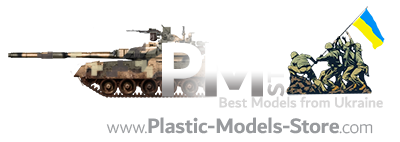

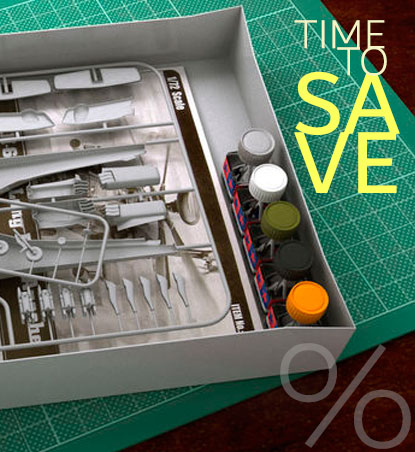

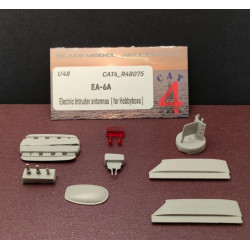



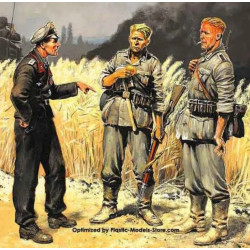



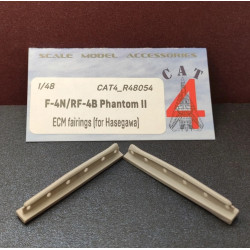
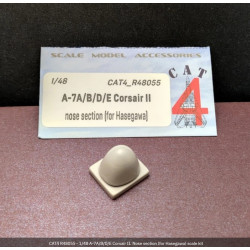
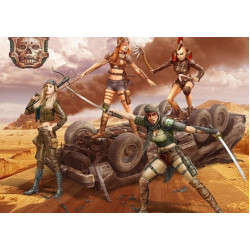
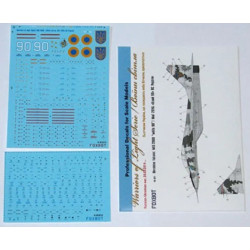

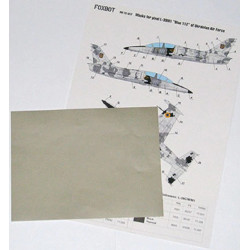
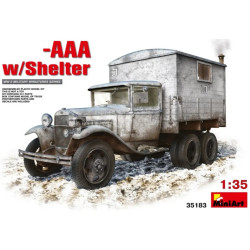
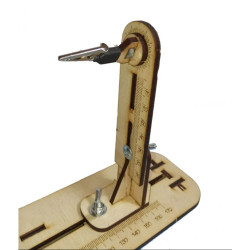

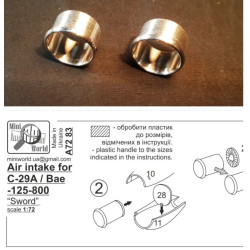
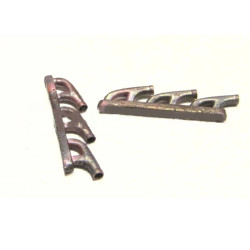
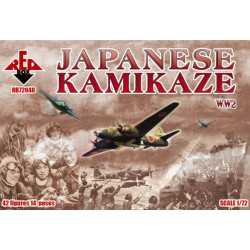





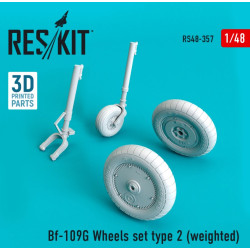


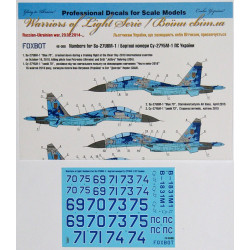
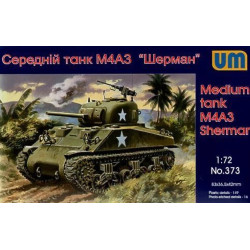









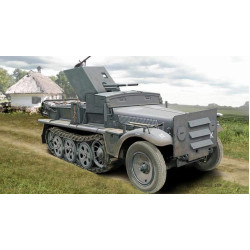
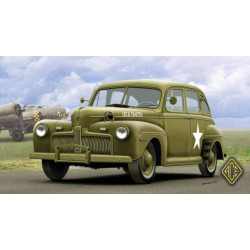
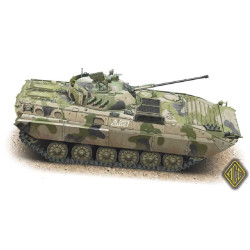
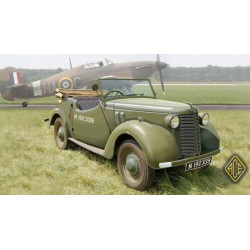
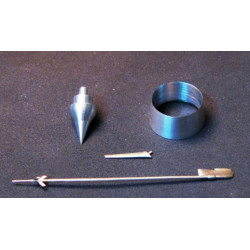

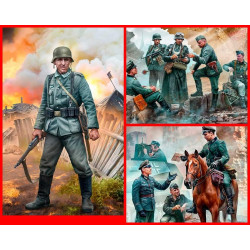
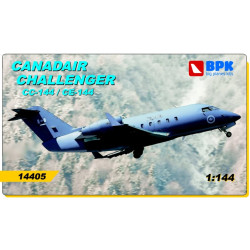
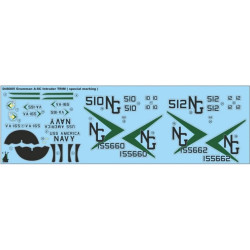

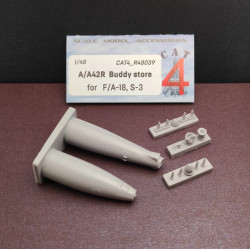

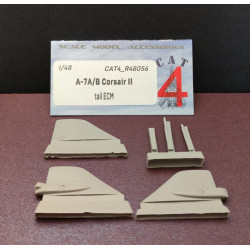
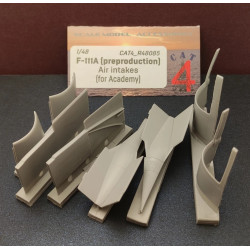
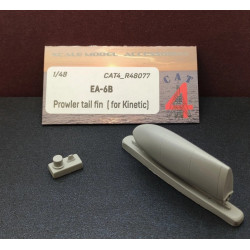
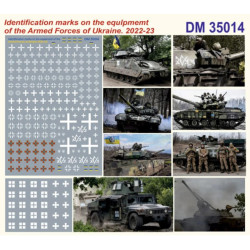
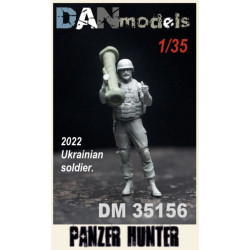

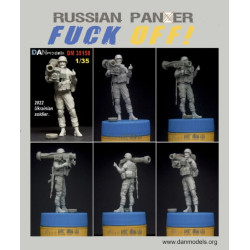
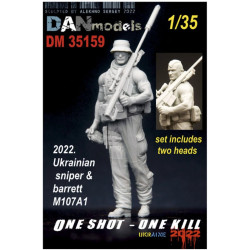
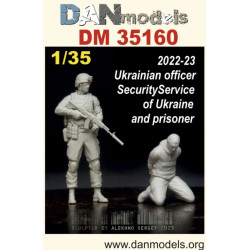
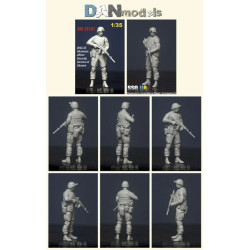

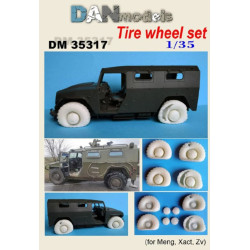
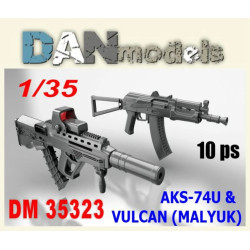
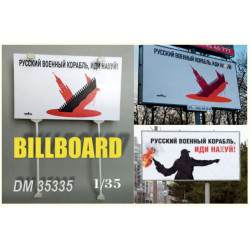
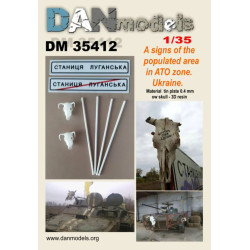


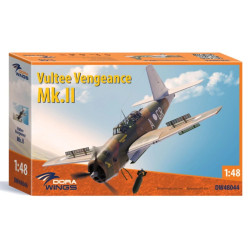

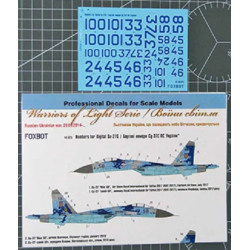

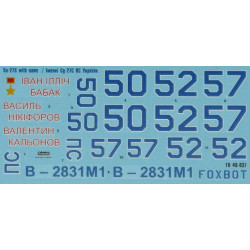

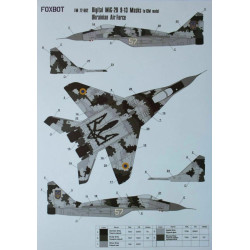
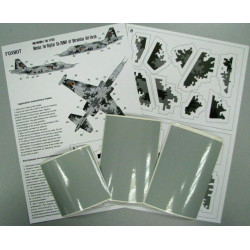




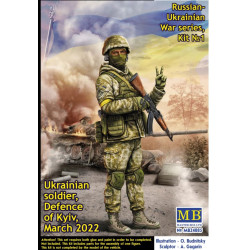
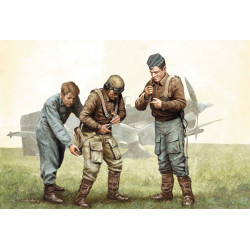

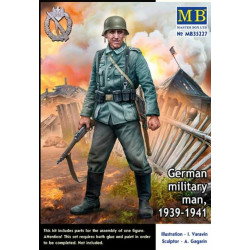
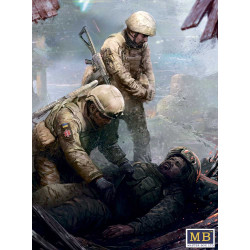











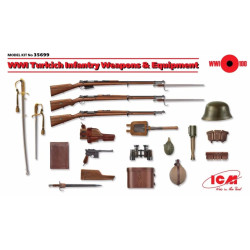
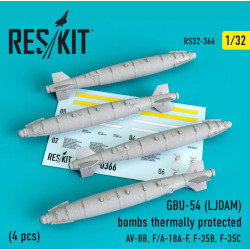
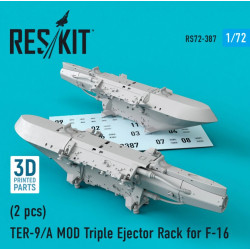










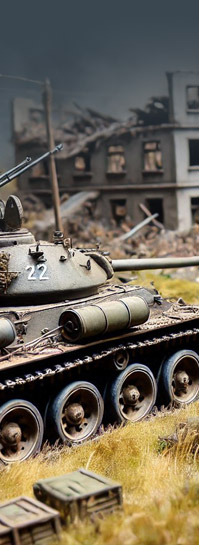

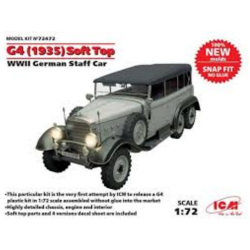
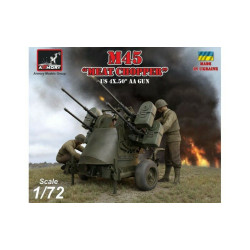

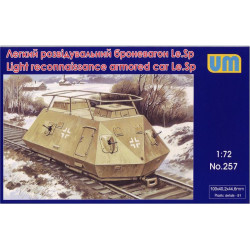
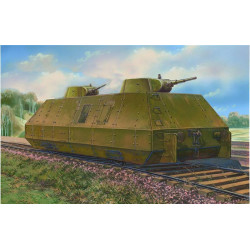
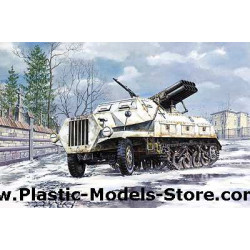
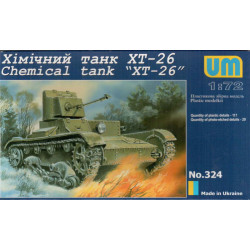
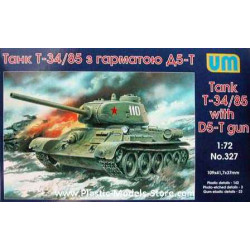
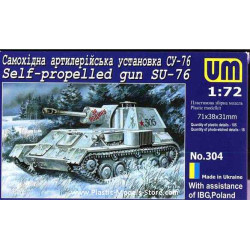
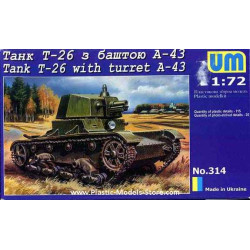
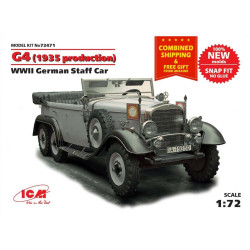
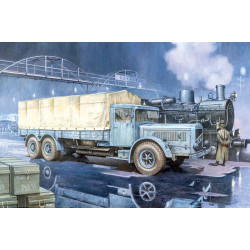
-250x250h.jpg)

-250x250w.jpg)

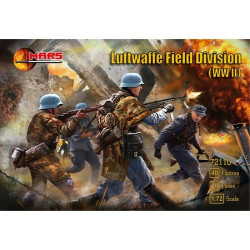



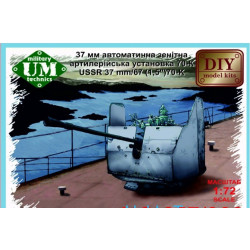
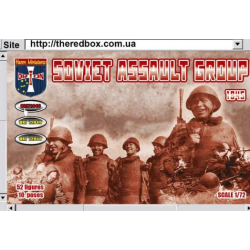

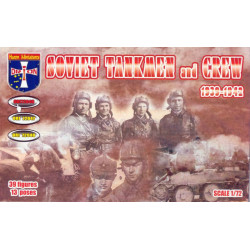
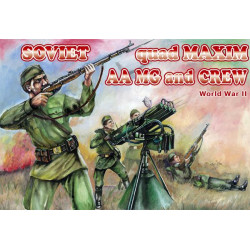
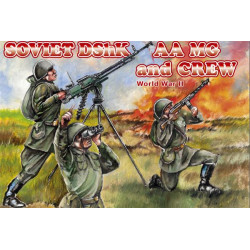
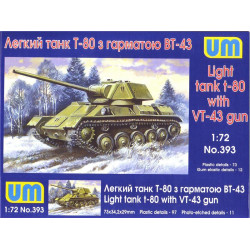
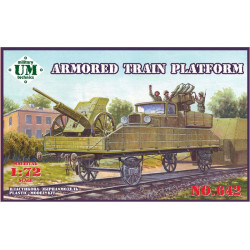
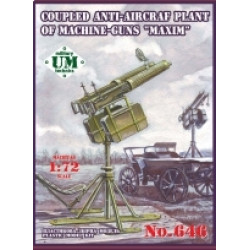
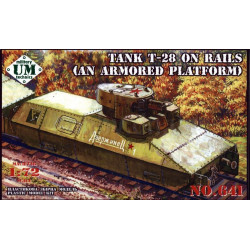
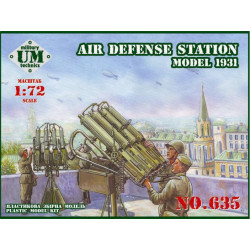
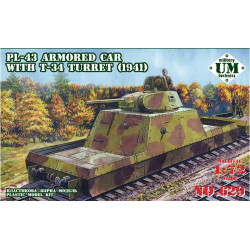
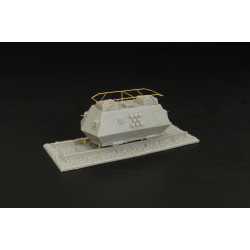
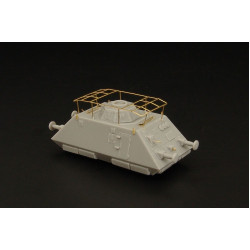
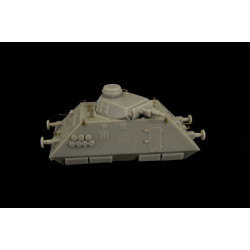
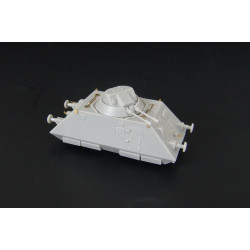

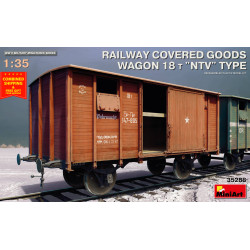
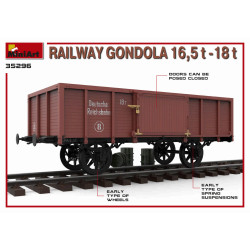

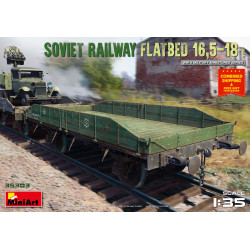
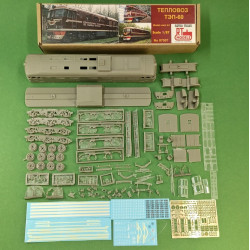

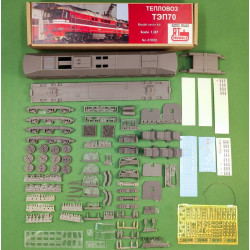

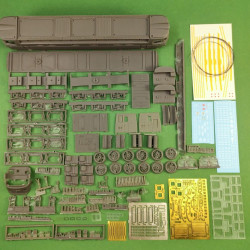

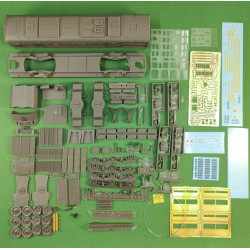

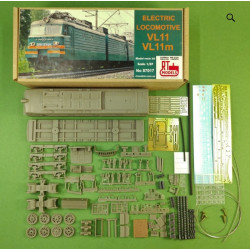
-250x250h.jpg)
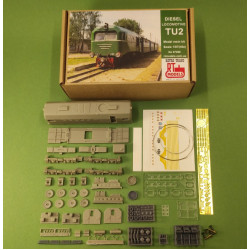

-250x250h.jpg)
